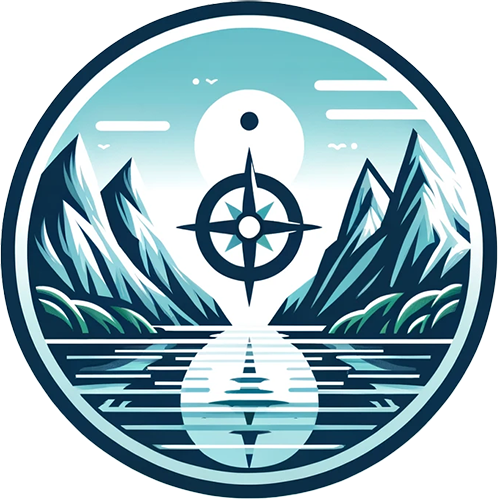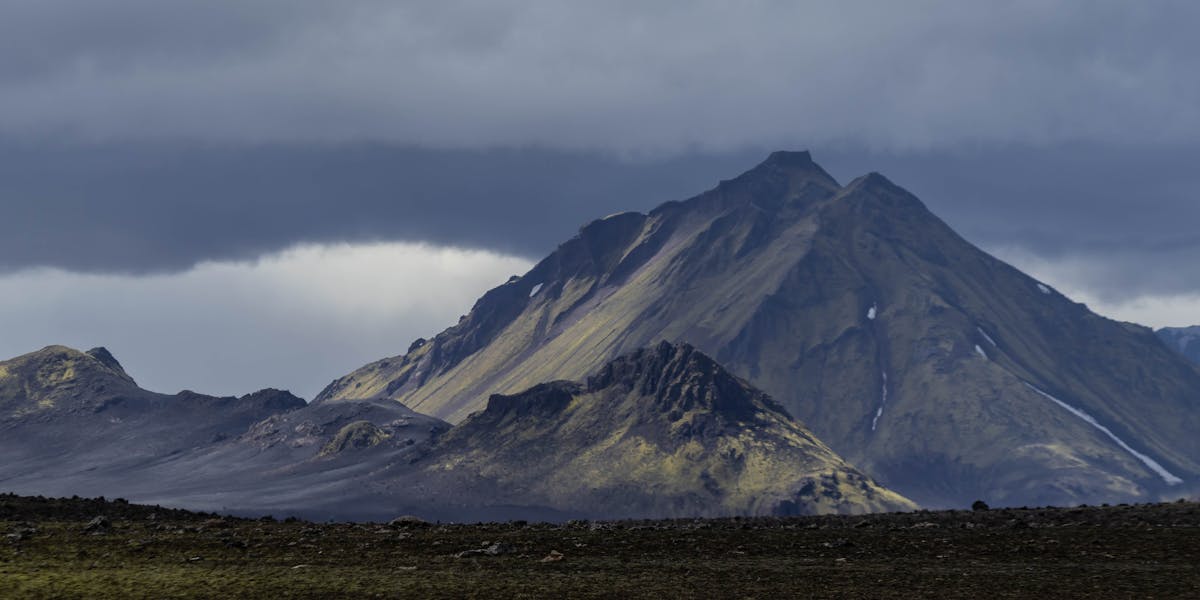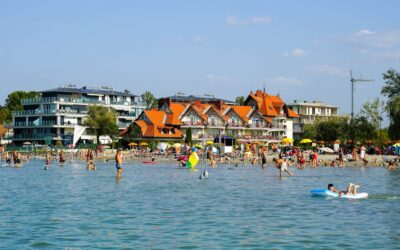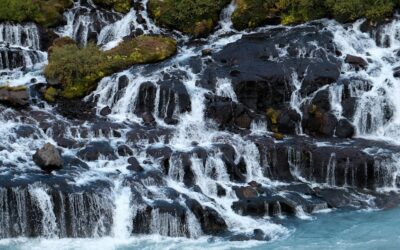Exploring Iceland’s Natural Wonders: Glaciers, Geysers, and Volcanoes
Iceland, often called the “Land of Fire and Ice,” is home to some of the most awe-inspiring natural wonders in the world. From its colossal glaciers to explosive geysers and majestic volcanoes, Iceland’s landscapes offer a breathtaking experience for nature lovers and adventurers alike. Whether you’re planning a visit to the vast Vatnajökull Glacier, witnessing the spectacle of the Strokkur Geyser, or exploring the iconic Eyjafjallajökull Volcano, each of these wonders promises a unique encounter with nature’s raw beauty.
In this guide, we’ll dive deep into these natural treasures, offering practical tips on how to visit them and making sure you don’t miss out on any of the unforgettable sights Iceland has to offer.
Vatnajökull Glacier: The Crown Jewel of Iceland
Vatnajökull Glacier is Europe’s largest glacier, spanning over 8,100 square kilometres and covering nearly 8% of Iceland. It is part of the Vatnajökull National Park, one of the largest protected wilderness areas in Europe, offering visitors a diverse range of landscapes, from ice caves to volcanic craters.
What Makes Vatnajökull Special?
Vatnajökull’s immensity is just one aspect of its allure. Beneath its frozen expanse, active volcanoes rumble, creating a dynamic landscape of ice and fire. The interplay between these forces has sculpted stunning ice caves, which are best visited during the winter months when they are stable and accessible. These crystal-clear caves provide a once-in-a-lifetime opportunity to see the inner workings of a glacier.
The glacier itself feeds numerous glacier tongues, including the popular Skaftafell Glacier and Breiðamerkurjökull, which leads to the famous Jökulsárlón Glacier Lagoon. Here, you can witness the majestic sight of icebergs breaking off from the glacier and floating serenely in the lagoon’s blue waters.
Visiting Vatnajökull Glacier
To truly appreciate the scale and beauty of Vatnajökull, it’s best to take a guided glacier hike. These hikes range from beginner-friendly walks to more challenging treks for experienced adventurers. Several tour operators offer ice cave tours, glacier hiking, and even snowmobiling experiences, allowing visitors to get up close and personal with this icy giant.
For a more relaxed experience, visit Jökulsárlón Glacier Lagoon and the nearby Diamond Beach, where icebergs wash ashore, glistening like diamonds against the black sand. Both locations are accessible year-round, but winter provides the best contrast between the ice and the surrounding landscape.
Strokkur Geyser: Nature’s Majestic Fountain
No trip to Iceland would be complete without witnessing the power of a geyser in action. Strokkur Geyser, located in the Haukadalur Geothermal Area, is Iceland’s most famous active geyser, attracting thousands of visitors each year.
The Magic of Strokkur
Strokkur is renowned for its predictability, erupting every 5 to 10 minutes and shooting boiling water up to 30 metres into the air. This makes it one of the most accessible and exciting geothermal features in the world. The geothermal area surrounding Strokkur is filled with bubbling mud pots and steaming vents, giving you a real sense of Iceland’s volcanic energy just beneath the surface.
The geyser is part of the Golden Circle route, one of Iceland’s most popular tourist circuits, which also includes Thingvellir National Park and Gullfoss Waterfall. The entire area is steeped in geothermal activity, and the dramatic scenery only adds to the spectacle of Strokkur’s eruptions.
Visiting Strokkur Geyser
Strokkur is easily accessible from Reykjavik, making it a perfect day trip for visitors based in the capital. The best time to visit is during the morning or late afternoon, when the site is less crowded. Dress warmly, as the wind can carry a fine mist of steam and water towards spectators, especially in colder months.
Be sure to explore the surrounding geothermal area as well. Geysir, the original namesake geyser of all geysers worldwide, is located nearby, although it’s currently inactive. However, the bubbling hot springs and vibrant mineral deposits make the area an otherworldly experience.
Eyjafjallajökull Volcano: The Volcano That Stopped the World
The Eyjafjallajökull Volcano gained international fame in 2010 when its eruption caused massive disruption to air travel across Europe. However, for Icelanders and intrepid travellers, Eyjafjallajökull has always been a symbol of the country’s fiery heart, resting beneath the ice.
The Power of Eyjafjallajökull
Located beneath a glacier of the same name, Eyjafjallajökull is part of a volcanic system that includes the larger Katla Volcano. While its eruptions are rare, they are incredibly powerful, creating spectacular displays of ash clouds, lava flows, and ice melt. The 2010 eruption, though disruptive, was a reminder of Iceland’s volatile geological nature.
Today, Eyjafjallajökull is dormant, but the area surrounding it is a beautiful combination of glacier-covered peaks, fertile valleys, and cascading waterfalls. The nearby Seljalandsfoss and Skógafoss waterfalls are must-see attractions, offering stunning views and photo opportunities.
Visiting Eyjafjallajökull Volcano
To explore Eyjafjallajökull, you can take a guided jeep tour that will bring you close to the volcano’s base, or even opt for a helicopter tour for a bird’s-eye view of the glacier and surrounding areas. Helicopter tours offer a unique perspective on the volcanic landscape and provide unforgettable views of Iceland’s rugged beauty.
If you prefer to stay grounded, there’s a visitor centre near the volcano that offers detailed information about the 2010 eruption and its impact on both Iceland and the world. The centre is located near the Ring Road, making it easily accessible for those travelling through the South Coast.
Practical Tips for Visiting Iceland’s Natural Wonders
– Best Time to Visit: While Iceland is a year-round destination, the best time to visit these natural wonders depends on your preferences. Summer (June to August) offers the best weather and longer daylight hours, ideal for glacier hiking and sightseeing. Winter (November to February), on the other hand, is perfect for ice cave exploration and witnessing the Northern Lights.
– Dress Warmly: Iceland’s weather can be unpredictable, so be sure to dress in layers and bring waterproof clothing, especially when visiting glaciers or geysers.
– Book Guided Tours: For safety and to maximise your experience, consider booking guided tours, particularly for glacier hikes and volcano visits. These tours often include transport, gear, and expert guides who can share valuable insights about the landscape.
– Respect the Environment: Iceland’s natural wonders are fragile ecosystems. Be sure to follow all safety guidelines, stay on marked paths, and avoid disturbing the wildlife or natural features.
Conclusion
Iceland’s natural wonders, from the immense Vatnajökull Glacier to the powerful Strokkur Geyser and the iconic Eyjafjallajökull Volcano, offer an unparalleled glimpse into the raw forces of nature. Whether you’re an adventurer seeking thrills or a nature lover looking for serene beauty, Iceland’s landscapes will leave you breathless.
By planning your trip carefully, respecting the environment, and immersing yourself in the country’s geological wonders, you’ll leave with memories and experiences that last a lifetime.





0 Comments